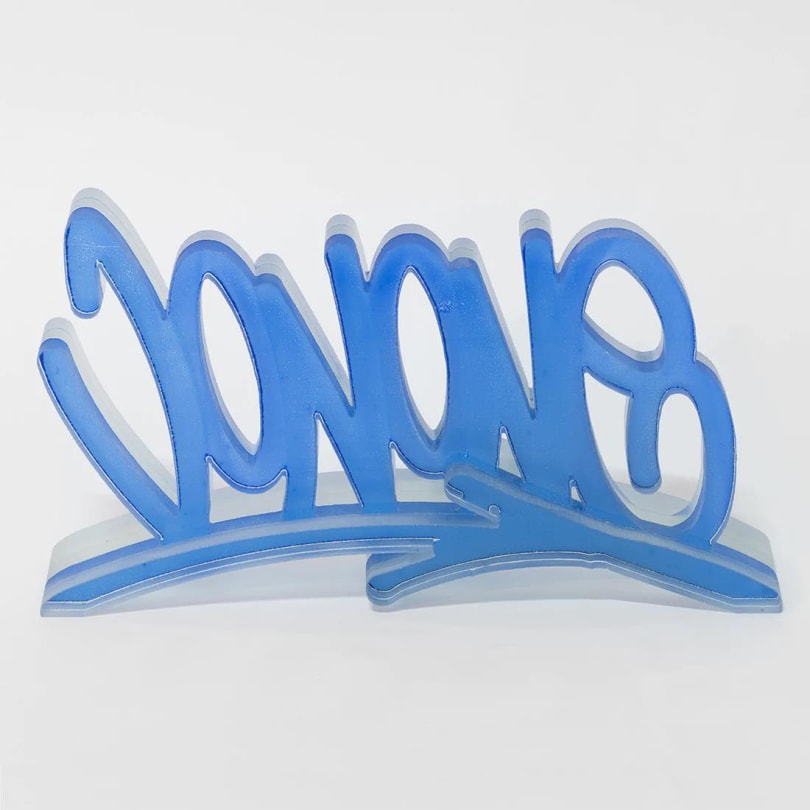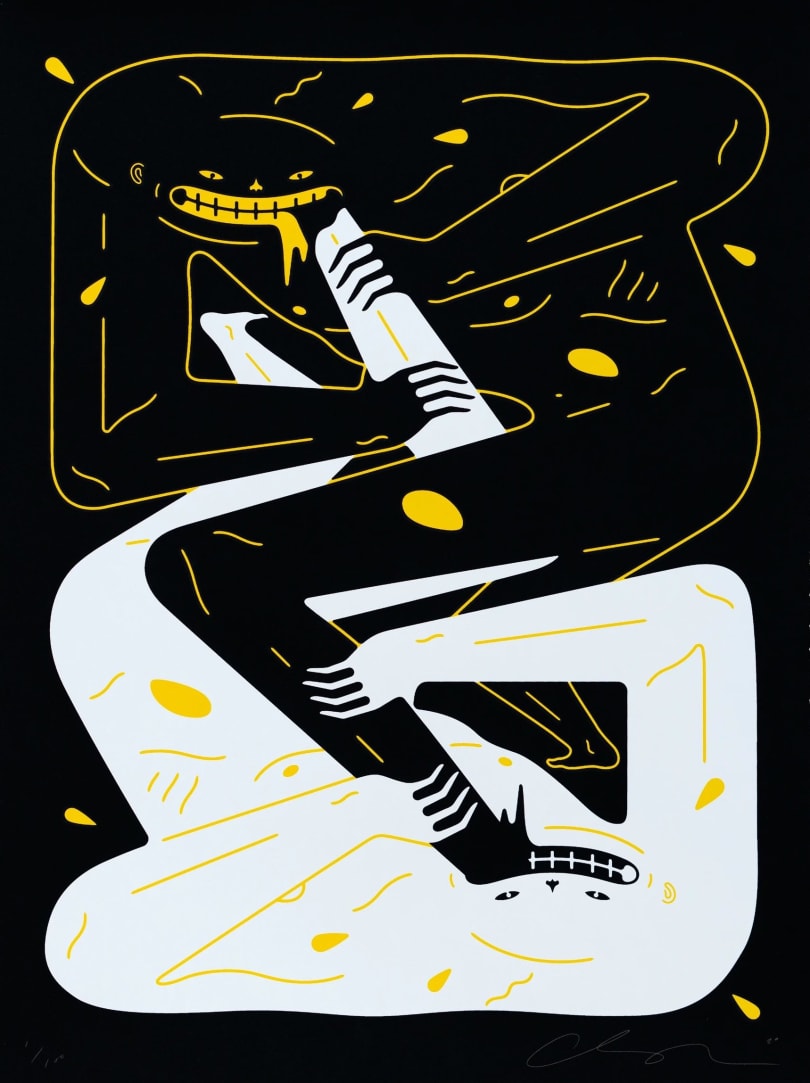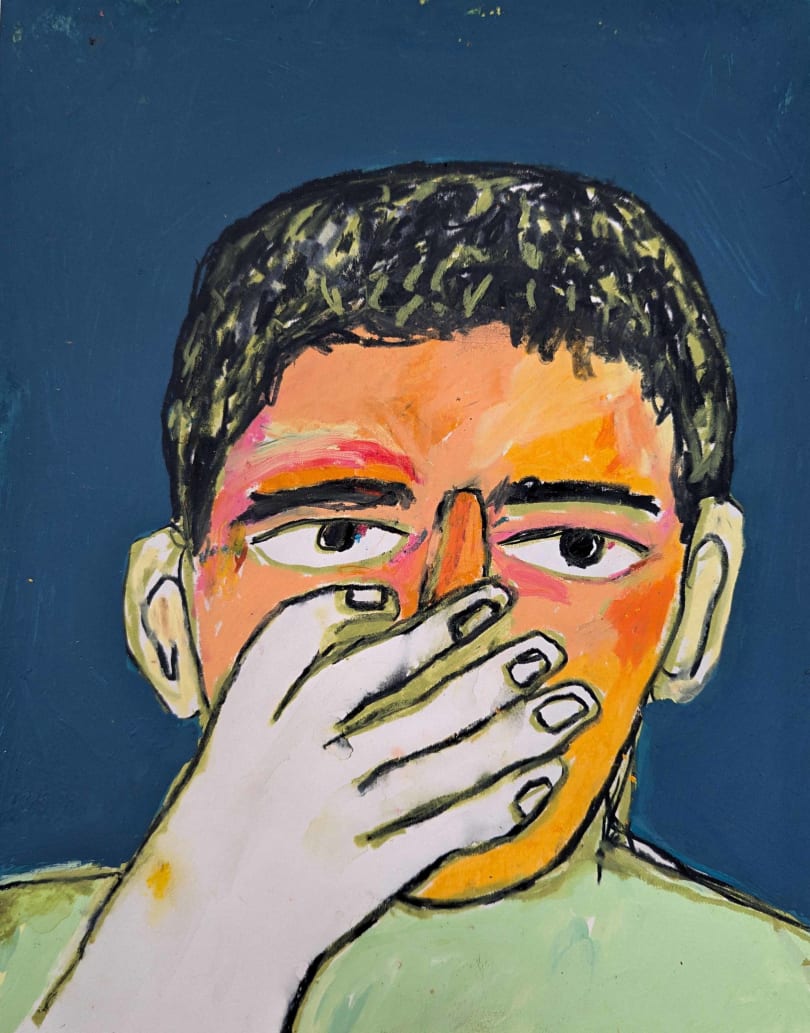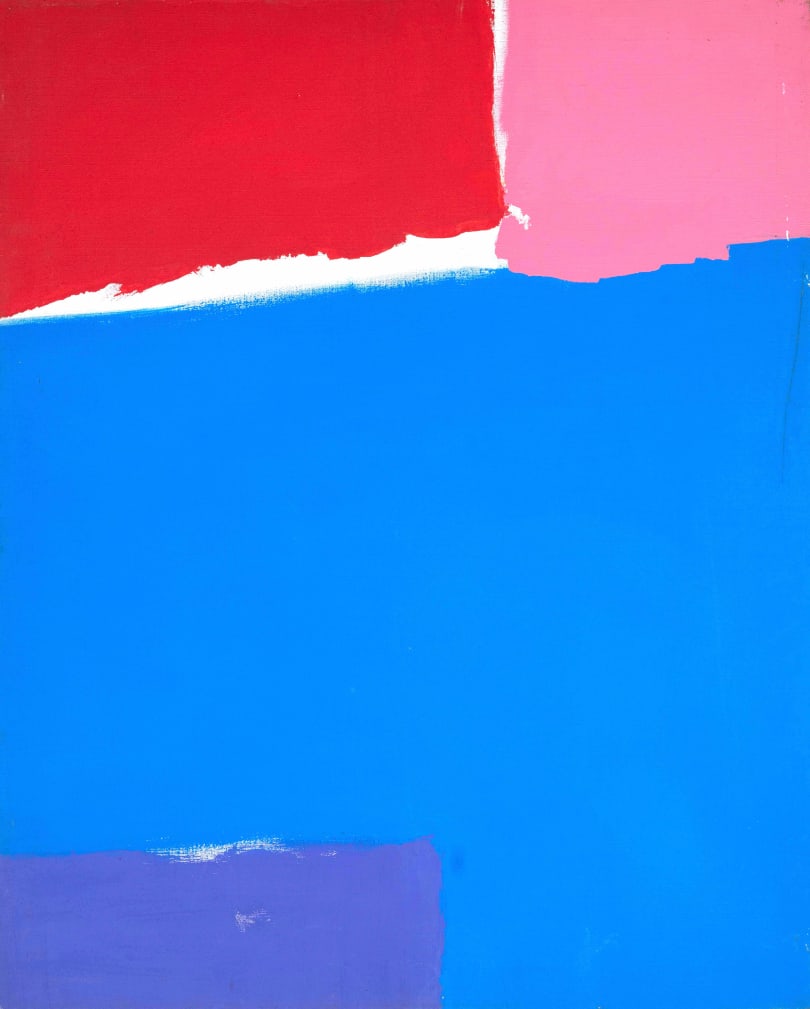
Artwork information
Category
PrintTechnique
Color lithograph on Arches paperDate
1962Dimensions
80 cm x 60 cmSignature
Signed lower rightProof(s) of authenticity
Sold with a certificate of provenance issued by the publisher MourlotState of conservation
Very goodFraming
NoLocation
Paris, FranceDescription
This lithograph is a rare printer's proof on Arches paper. It is signed in the lower right corner of the plate and printed by the publisher Mourlot.
This rare lithograph by Le Corbusier depicts the Modulor Man, a figure playing an important role in the artist's architectural work. Following in the footsteps of Pythagoras and Da Vinci, he designed the anthropometric scale seen here.
Le Corbusier chose a male figure, with his arm raised, as the standard of measurement - representing the 'whole man'. Signed in stone with an intriguing annotation by the artist, "Ami du Modulaire, cherche par toi-même, invente, découvre... Apporte tes inventions, elles seront utiles. Merci ami, Le Corbusier".
Possibility to buy the artwork framed. We are at your disposal to inform you about the work and the choice of its frame.



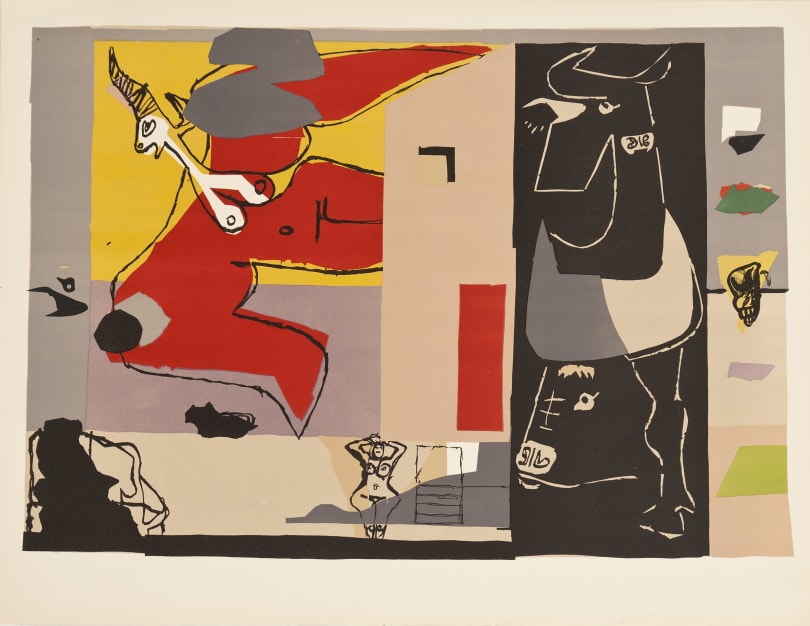
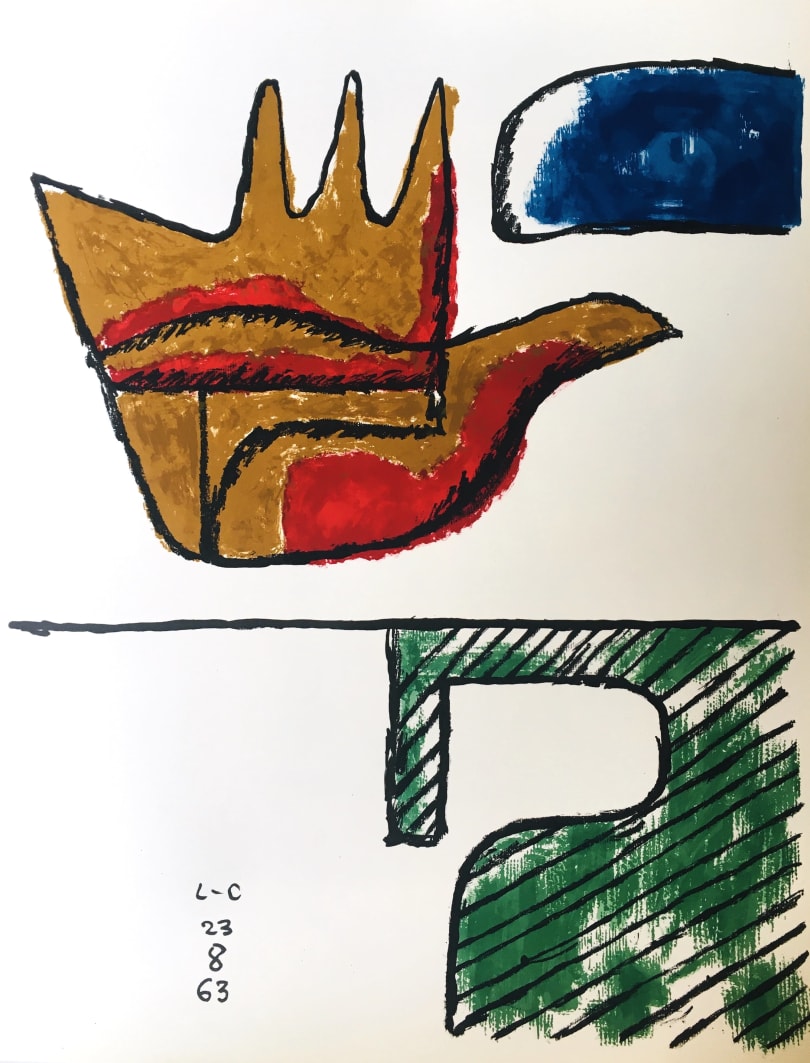









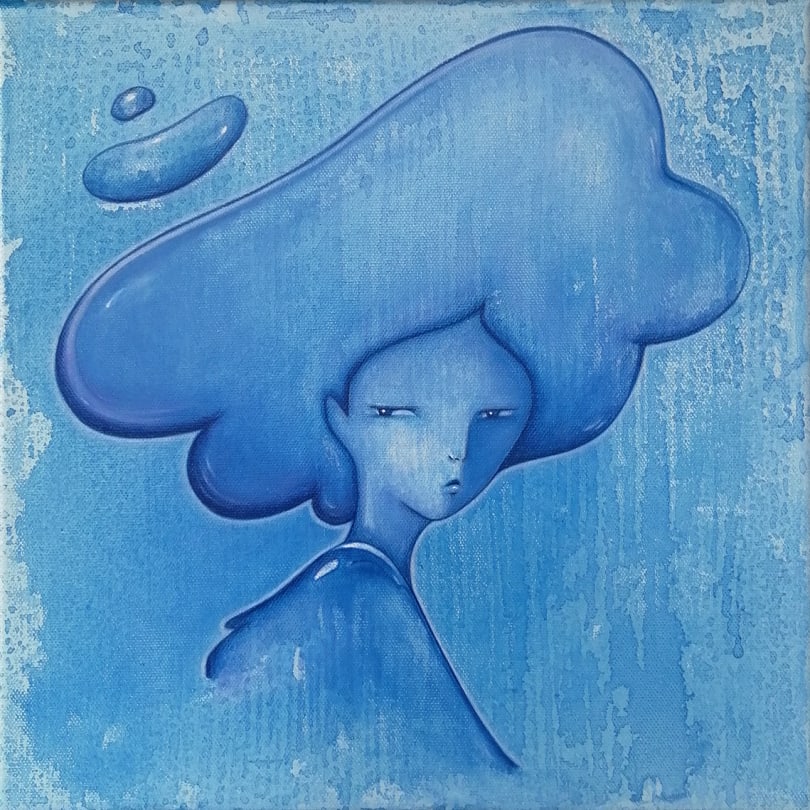



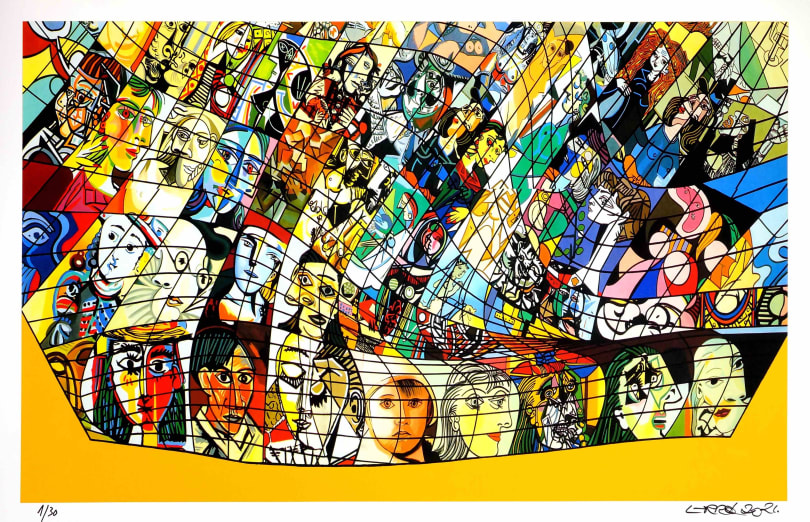
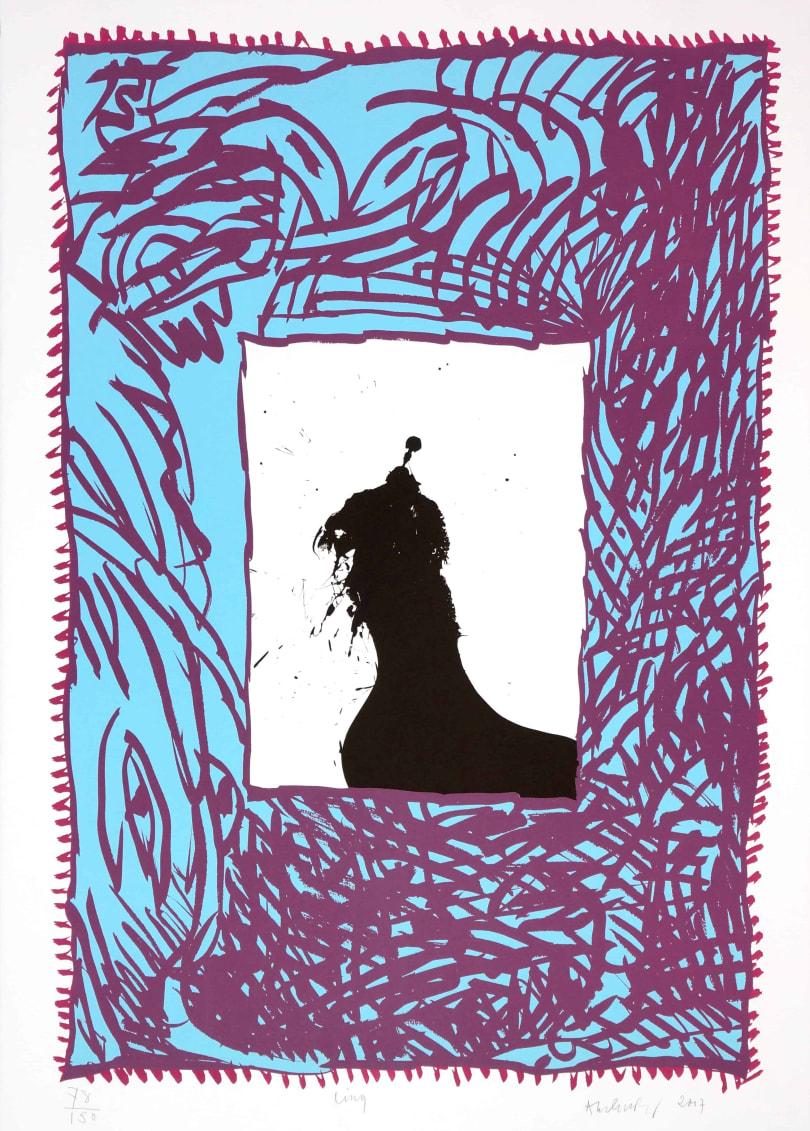







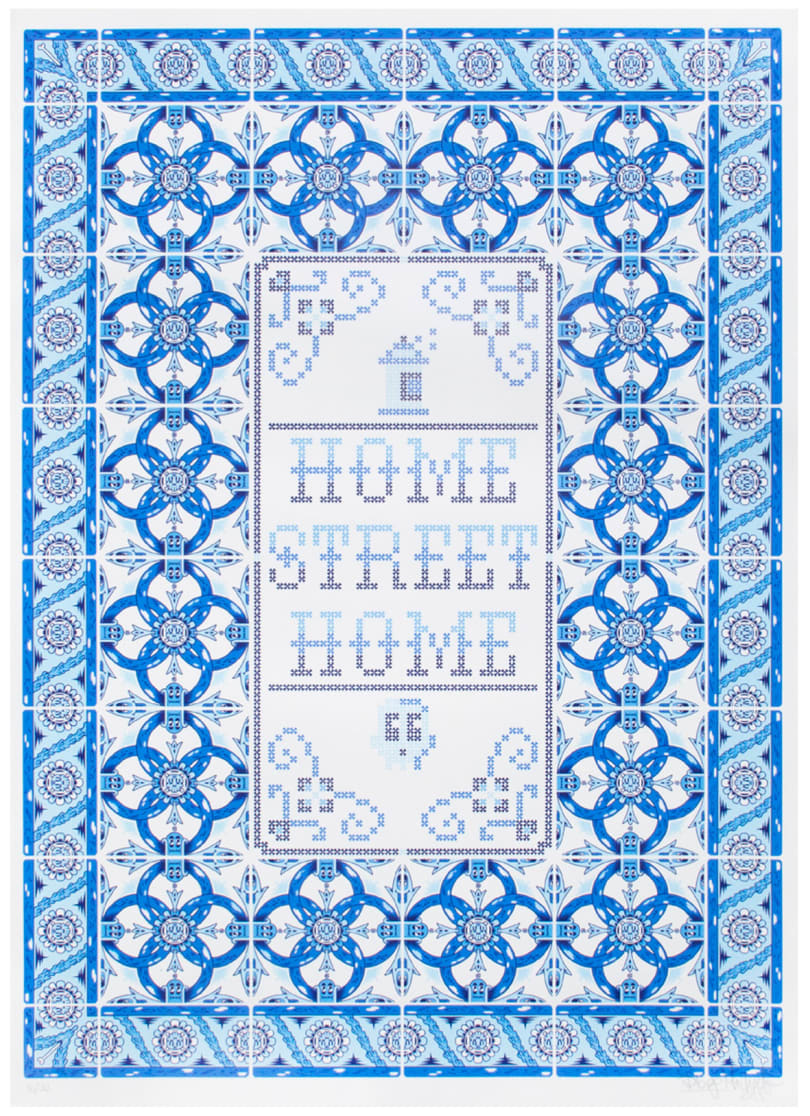


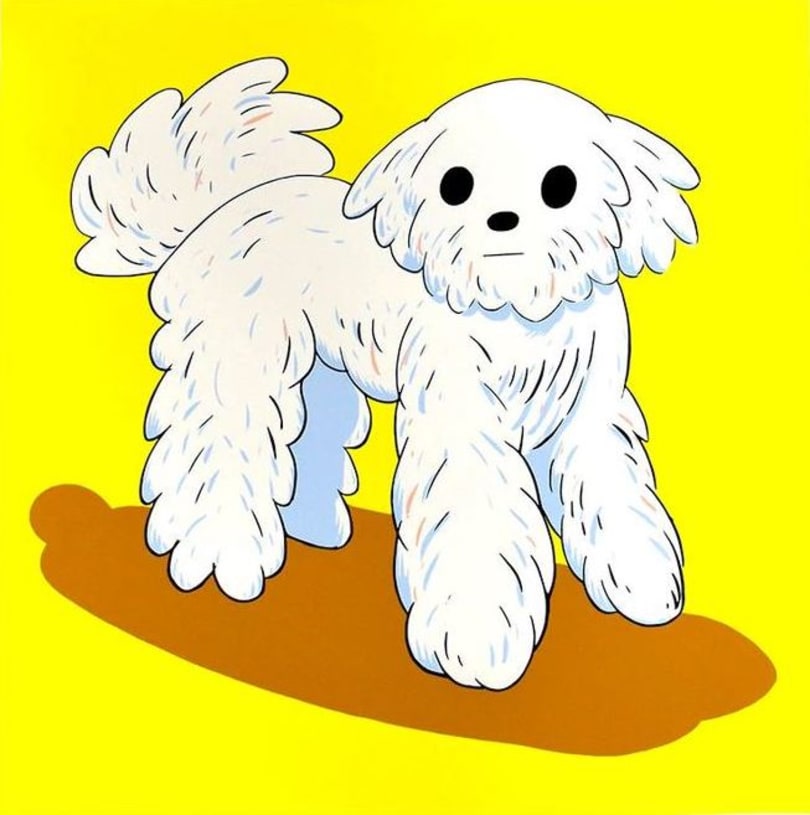



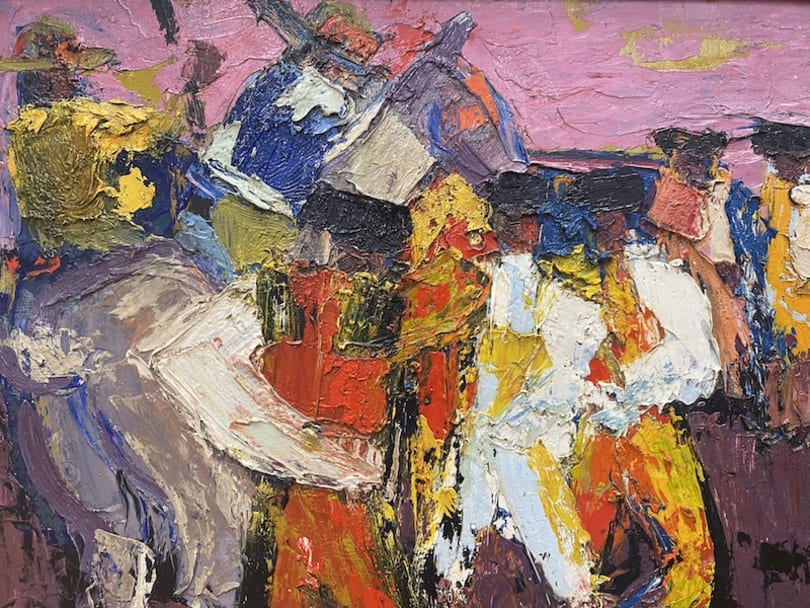
.jpg)


.jpg)


